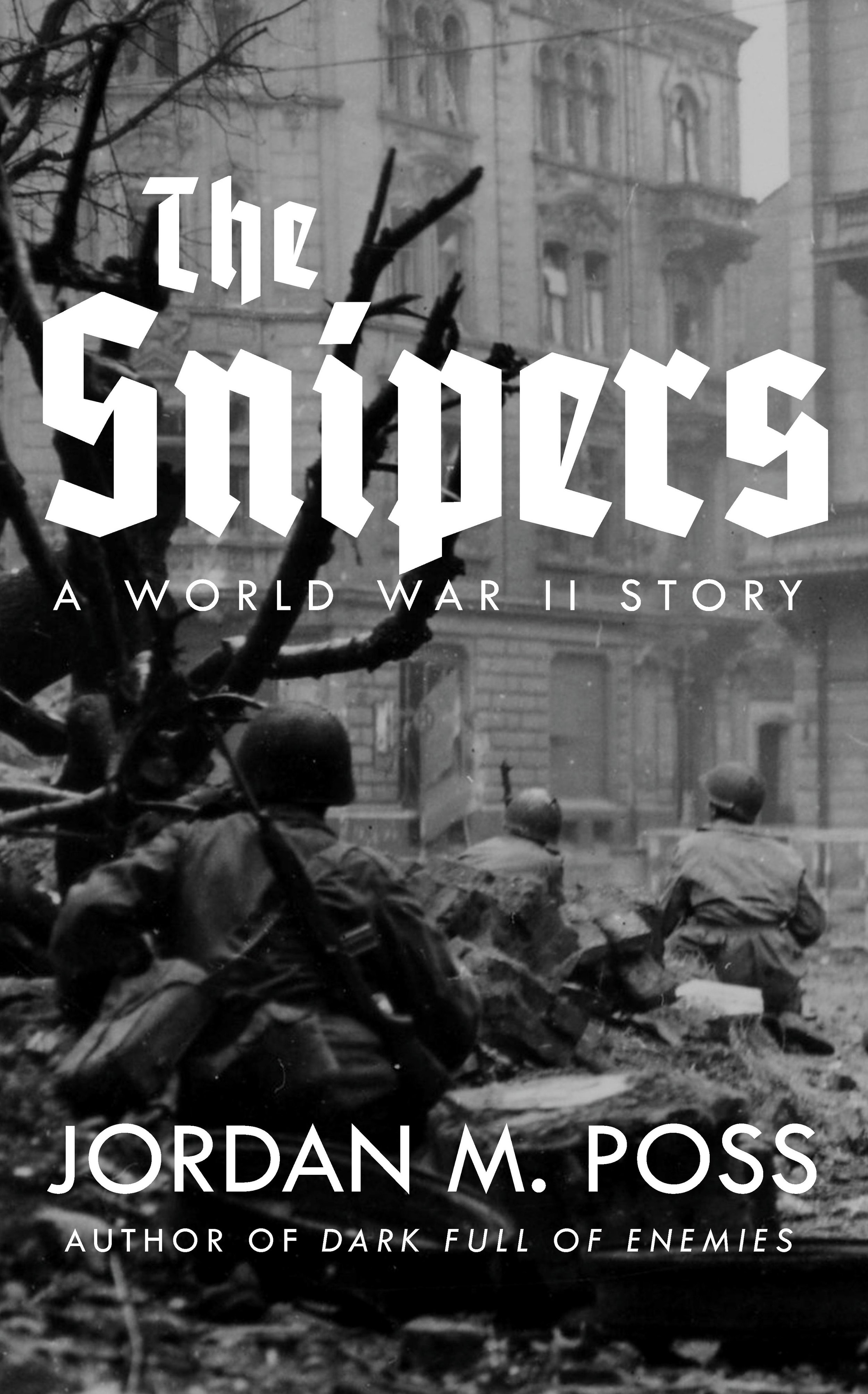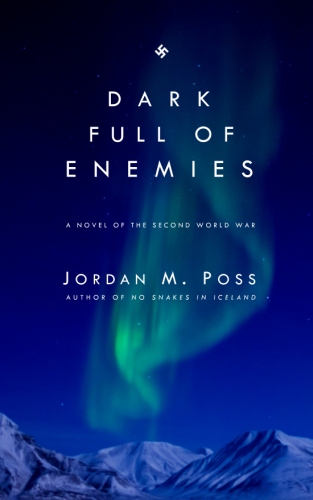Stories or themes?
/Eric Ambler (1909-98)
I’ve wondered for some time whether stories are studied and taught the right way. I’ve been thinking about this more lately as I’ve read a lot of critiques of the modern literary establishment and English education, especially at the college level, and I’ve come back again and again to an approach that has bothered me for years: the emphasis on “themes” in fiction.
A few years ago, in reflecting on my first reading of Poe’s novel The Narrative of Arthur Gordon Pym, I quoted a PBS documentary’s summary of the story: “a dark maritime adventure that ends in a violent battle between blacks and whites in the South Seas.”
“Well,” I wrote, “that is kind of what happens.” Kind of. But not really. Not if you’ve read the story Poe actually wrote, all the complexity and horror of which is here reduced to a talking point.
I had a similar experience this week as I looked for articles on the great spy novelist Eric Ambler. One that I turned up, an introductory guide to Ambler’s life and work, should prove genuinely helpful to the newcomer, but when it recommends six “key” novels it includes the following “themes” for five of them:
Epitaph for a Spy: “The vulnerability of the individual in a bureaucratic world.”
Cause for Alarm: “The dangers of apolitical individuals in a politically charged world.”
The Mask of Dimitrios: “The intersection of crime and politics, and the corrupting power of ambition.”
Journey into Fear: “The thin line between courage and fear, and the impact of war on individuals.”
The Intercom Conspiracy: “The futility of espionage in an increasingly chaotic world.”
Well… that is kind of what those are about. Kind of.
You’ll have noticed a few things about these themes. First, they are formulaic. Three of the five fall into a “the _____ of _____ in a _____ world” pattern, like a Mad Lib. These are all rich, complex, intricately constructed novels that place their characters in crises that admit of no easy answers. Boiling these stories—or any stories—down to something as simplistic and digestible as these themes should arouse our suspicions. Already particularity and nuance are being sanded off and forgotten as we prepare to slot each story into a pre-prepared box.
Second, these themes are vague. As it happens, I’ve read three of these five novels and started one of the others yesterday, and just about any of these “themes” could be applied to any of the novels.
Granted, all of this comes from one internet guide to a single author’s work, but based on my own experience and reading they are broadly representative of the way theme is extracted from story in textbook after textbook, class after class, essay after essay. The complex, diffuse, and imaginative is reduced to the simple, comprehensible, and ready-made. The narrator of Poe’s “Tell-Tale Heart” disturbs us, but we know what to do with “fear” or “guilt” or even “insanity.” Treasure Island is a rollicking adventure, but that’s not enough to make it an important book, so it becomes primarily a depiction of the danger of greed. This is also simpler, easier to understand, and—not insignificantly—to test.
More perniciously yet, at the college level the hunt for themes tends to mean subjecting stories to ideological scrutiny in order—to paraphrase Roger Ebert—to extract political messaging from them via liposuction without anesthesia. Thus assertions like this, which I once saw online: “The Last of the Mohicans is about the taboo on sex between whites and Native Americans.” Most of the time this comes from an overtly left-wing “tenured radical” perspective, but there is a right-wing version of it, too. Just this week a random stranger on Substack, commenting on something I had shared, wrote that Blood Meridian “depicts the southwest as irredeemably corrupt” and is therefore “a wokester wankfest.”
Again—is that really what The Last of the Mohicans or Blood Meridian are “about”? These books aren’t adventures set in particular times and places and happening to specific characters? Is all that matters the barely hidden pathologies or the political messaging?
It seems to me that the dangers of overemphasizing theme in the study of literature are:
Gnosticism, by which I mean the suggestion that the “real” meaning of the story is hidden behind the words and events of the story, which leads students to either ignore the particulars or be frustrated with literature in toto.
Didacticism, especially through the implication that good stories must have some broad meaning that should impart a lesson, describe life, or otherwise be useful to the student. If they cannot detect such, it must not be a good story.
Political hijacking, which is easily the most high-profile, outrageous, and abominable form of this but is therefore also the easiest to identify and resist.
The aesthetic smoothie, in which students are taught to look for big themes so thoroughly that all literature eventually loses its particularity and runs together into a bland abstraction puree. Last of the Mohicans and Blood Meridian are apposite here; one could say that both are “about” something like “the violence of whites and Native Americans on the frontier,” but are these books really as similar as this suggests?
This is by no means exhaustive, just the things that occur immediately to me and that I have found most frustrating.
But the final result of all of these is boredom. This is a boring, dull way to study fiction, especially when you’re introducing the young to great stories, and risks leading them away from simply enjoying reading. Great storytellers and their stories are powerful because they are specific. “Themes” are not.
Note that we don’t recommend books to each other this way. To return to one of my original examples, Epitaph for a Spy, would you rather read a book about “The vulnerability of the individual in a bureaucratic world,” something that could as easily be said of Kafka, Max Barry, or a one-star Google review of the local DMV, or a book about “A teacher on vacation who is mistaken for a spy by the police and forced to help catch the real spy”?
None of this is to say one shouldn’t look for, study, or teach themes in stories. Sensing and understanding a story’s theme is an important part of interpreting it, but themes should arise from the specific, concrete, particular details of the story, and placing as much emphasis on theme as we tend to do inverts that, elevating broad, big picture abstractions above the particulars that make a story what it is. Until we can treat stories as stories first again—and until we can just enjoy them—I think we should downplay theme.















